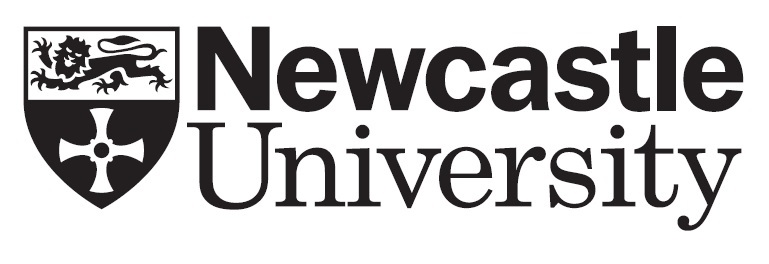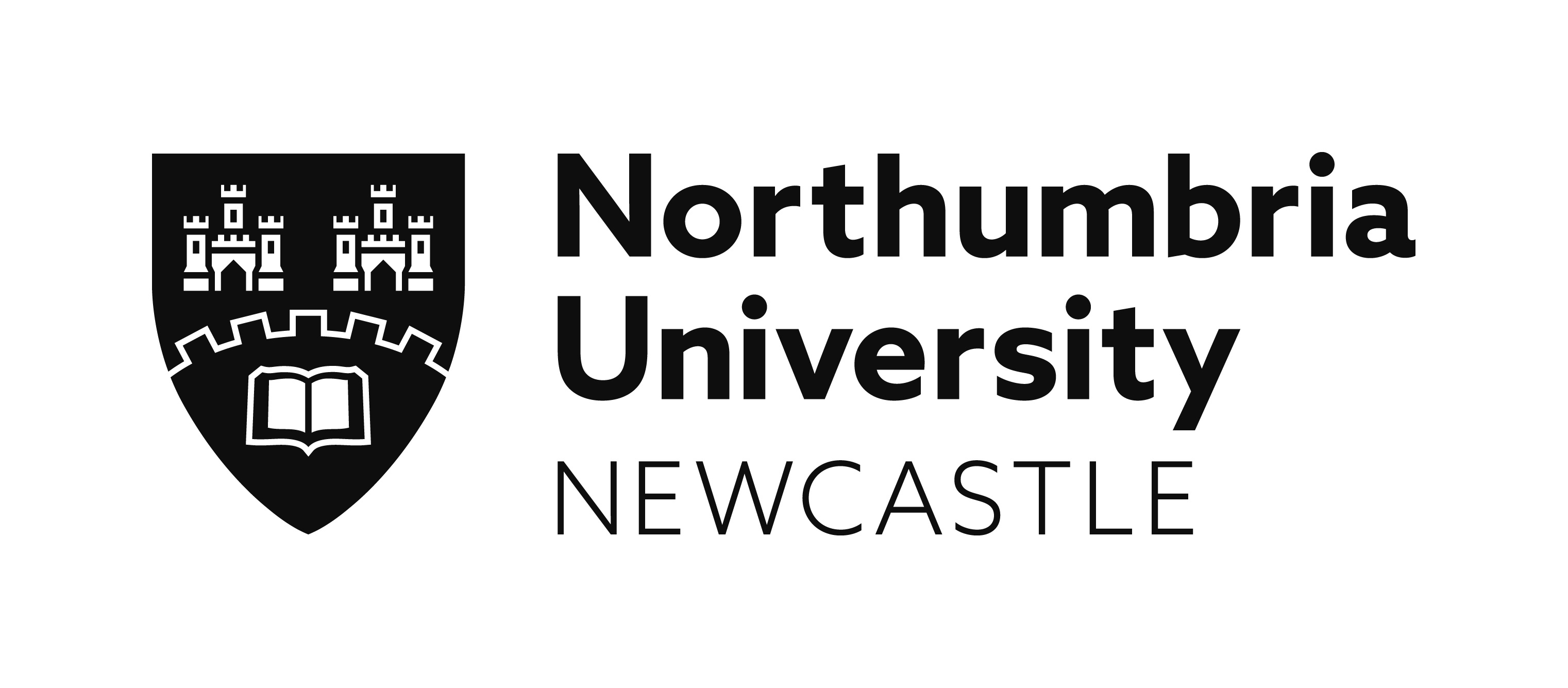Hybrid Marines
Bryan Biggs, Bluecoat, Liverpool
Gabriel Gee, Franklin University, Lugano
The marine emerged as a pictorial genre in Europe in the early modern age. Painters turned their eyes to the sea, to ships, coasts and harbour scenes, while European maritime commercial networks extended their reach across the oceans. In the 20th century, the standardisation of containers in maritime transportation induced a separation of port cities and their inhabitants from port infrastructures. The perception of the maritime realm and the identities of port cities significantly changed, as aerial channels took over passenger transportation, while former inner-city harbours were converted into leisure areas away from the seas’ silent economic machinery.
In parallel, hybrid forms and narratives in artistic practices emerged with the capacity to interrogate the cultural and industrial textures underlying our present interconnected world. This session explores maritime representations in the visual arts through the production of hybrid marines. Hybridity opens two (potentially overlapping) paths of inquiry into the marine: first, a hybridity in form, considering how practitioners exploring maritime realms have developed new formats, new techniques, and new strategies transcending traditional medium boundaries; the session will aim to reflect on the specificity of these formal researches as they pertain to the maritime. Second, a representational hybridity, investigating the extent to which seascapes could integrate multifocal points of view, as opposed to more traditional linear perspectives. In this vein, the session aims to reflect on the criticality of the contemporary marine, in its capacity to unfold maritime heritage and discourses, as well as draw alternate imaginaries for the present.
Speakers
From Sea as Sight to Sea as Site: Glasgow art at the turn of the century
Charlotte Gould (Université Sorbonne Nouvelle, Paris, France)
Ai Weiwei's Life Cycle: A hybrid marine story
Nicola Foster (Southampton Solent University)
Hybrid Knowledge: Circulation of maritime expertise among seafarers, artists and scientists
Ulrike Gehring (Trier University)
A View from another Ship
Denise Clarke (SOAS, London)
Sea Trading, in the Age of Simulacra
Jean Wainwright (University for the Creative Arts)
Click here to download this session's abstracts or view below
From Sea as Sight to Sea as Site: Glasgow art at the turn of the century
Charlotte Gould (Université Sorbonne Nouvelle, Paris, France)
Glasgow was shaped by its favourable position on the shores of the Clyde. Turned westward towards profitable transatlantic trading routes, the city first profited from the removal of the Navigation Laws in the wake of the 1707 Union of the Crowns before industrial shipbuilding consolidated its economy. Both its merchant and its working classes thrived on its maritime situation before bearing the brunt of deindustrialisation. As the 20th century drew to a close, art and culture were hailed as economic alternatives to the derelict shipyards. The shift from heavy industry to the creative industries is a sensitive issue, and by no means one unique to Glasgow’s regenerative process launched during its bid to be named European City of Culture in 1990, but the vibrancy of Scotland’s largest city’s art scene make it a case apart. When in 1985 David Harding was appointed head of the new Environmental Art Department at Glasgow School of Art, he promoted a new transdisciplinary approach focused on the context of the work more than on its medium or genre. In the 1990s, the figurative representations of coastal life by Alan Davie and John Bellany, or of the city’s industrial history by the New Glasgow Boys were replaced by a site-specific approach integrating layers of recollection of glorious and then arduous times.
I wish to investigate how artists who have worked in Glasgow such as Susan Philipsz, Douglas Gordon, Simon Starling or Charlotte Prodger have grappled with this maritime horizon mostly without resorting to actual seascapes. Comparisons will be drawn with Newcastle and other port cities.
Ai Weiwei's Life Cycle: A hybrid marine story
Nicola Foster (Southampton Solent University)
In a text accompanying his 1999 Liverpool Biennial work Allan Sekula prophetically identified what has become today one of the most disruptive forces in global societies. In the nineteenth century, he argues, the centre of exchange between incoming raw materials and and outgoing finished products took place in ports cities. The production of goods took place in industrial cities which employed a growing army of workers and were often sold back to countries which provided the raw materials. Today the sites of production, he points out, have become mobile, factories are now more like ships, leaving both ports and industrial centres, casualties of this shift. Management of this trade is designed and controlled from global financial centres leading to the decline of many industrial cities and port cities alike, for example Liverpool, where the 1999 biennial took place.
Sekula's exhibition was titled: Freeway to China. Most manufactured goods arriving in the UK since the early 21st century are made in China. The paper focuses on the work of the Chinese born artist Ai Weiwei and his recent exhibition Everything is Art, Everything is Politics at the kunstsammlung Nordrhein-Westfalen, Düsseldorf (18.5.2019-1.9.2019). I argue that while Ai Weiwei is making full use of the production power of China and could thus be seen as operating in precisely the way articulated by Sekula's above concern, at the same time He also explicitly addresses the consequences of globalism in which people have become mobile flowing from centres of production to centres of distribution as immigrants.
Hybrid Knowledge: Circulation of maritime expertise among seafarers, artists and scientists
Ulrike Gehring (Trier University)
This paper examines the impact of Dutch rutters on marine paintings in the early 17th century. The analysis of texts, pictures and maps will demonstrate how the practical experience of sailors affected maritime knowledge and marine paintings around 1600. The close interaction between empiricism, science and art led to the emergence of hybrid forms of representation and media.
The starting point is Lucas J. Waghenaer’s Spieghel der Zeevaerdt (1584), which samples the knowledge that had previously been transmitted orally. Basic skills in astronomy and navigation diffused into bourgeois circles and were soon accessible to artists. Beyond that, numerous marine painters went to sea themselves, engraved maps and were associated with cartographers in the same guild.
Representative borrowings of motives can be found in cityscapes, when the classic ‘harbour view’ is replaced by the seafarer’s perspective from the waterside. Artists also adapted coastal profiles and seamarks, which are essential for navigation. A particular form is taken by paintings featuring nautical disasters in stormy weather; these pictures stage meteorological phenomena that couldn’t be explained in the 17th century. In contrast to that, the rutters describe predictable dangers (rocks, shoals...). While the information in books was based on practical reports by seafarers, the elements of air and water could only be explained through vague scientific models.
Finally, in looking jointly at the works of Vroom and Porcelli, one sees the extent to which marine paintings became witnesses to a network of knowledge in which the maritime world is explored, analysed and mapped.
A View from another Ship
Denise Clarke (SOAS, London)
A recent panel at ICA Galleries, London celebrated the re-issue of Fish Story, Allan Sekula’s 1995 complex research-driven meditation on the representation of maritime space. Part collection of academic and poetic texts, part photographic essay, Fish Story stitches together historical analysis of the recoding of maritime aesthetics with Marxist critique of contemporary representations of the sea as a smooth abstracted surface of grid-points dominated by the technological sublime of automated containerisation under the sway of global capital. Driven by Sekula’s insistence that image production should have a critical social and political function, Fish Story is an intimate portrait of the sea that reanimates ‘a forgotten space’ via a focus on the grimy materiality of the maritime.
The panel described the work as a foundational ‘text’ for the inquiry into how the sea exists in our contemporary conceptions of the world. At Documenta 14, Fish Story’s filmic rejoinder put into conversation its container ships with another ship, the wooden Indian Ocean dhow of From Gulf to Gulf to Gulf, a multimedia research project by the art collective CAMP. This paper argues that whilst the reverberations of Fish Story are palpable in CAMP’s work, it cannot be read as a universal foundational text. The tracing of spectral lives and commodities around small ports of the Indian Ocean, CAMP’s work reveals maritime spaces that have never been ‘forgotten’ and economies very distinct from global capitalism and Eurocentric imaginaries, to reveal another world of amphibious subjectivities, alternative histories and geographies, and missing voices.
Sea Trading, in the Age of Simulacra
Jean Wainwright (University for the Creative Arts)
In our age of simulacra, the physical power of the sea to inspire artists remains undiminished; its trade routes, edges and invisible geographical boundaries exciting myriad artistic responses in many different media. This paper juxtaposes the voices of artists interviewed by Jean Wainwright linking disparate contemporary art practices together in a hybrid dialogue of sea ‘trading’.
Isaac Julian speaks about his film The Leopard (Western Union: small boats) (2007) and his images evoking the journey of migrants traversing the Mediterranean Sea from Libya, to escape war and famine. His voice is juxtaposed with Langlands & Bell discussing their multi-channel digital animation, Into the Blue (2014), with its focus on the structures that we inhabit and the networks that permeate and connect them. They reflect on how ships and their registered names become encoded as social, political and economic phenomena, and how these become entwined in their installation with the complex networks that link liners, cargo ships and trade routes. Finally, I discuss Forensic Architecture’s Liquid Traces – The Left-To-Die Boat Case (2014) and its hybrid mapping. Seventy-two migrants were left to drift for 14 days in NATO’s maritime surveillance area in 2011 during the war on Libya, resulting in the evasion of responsibility, allowed by complex and overlapping jurisdictions.
As the words and images unfold, my paper reminds us how the sea is a vast territory, that both has the power to entice us and destroy us with its seductive vitality.
|
|
|
|
|
|
Supported by
Conference Sponsors
![]()
Sponsored by
ASSOCIATION FOR ART HISTORY
![]()
Terms & Conditions
![]()


